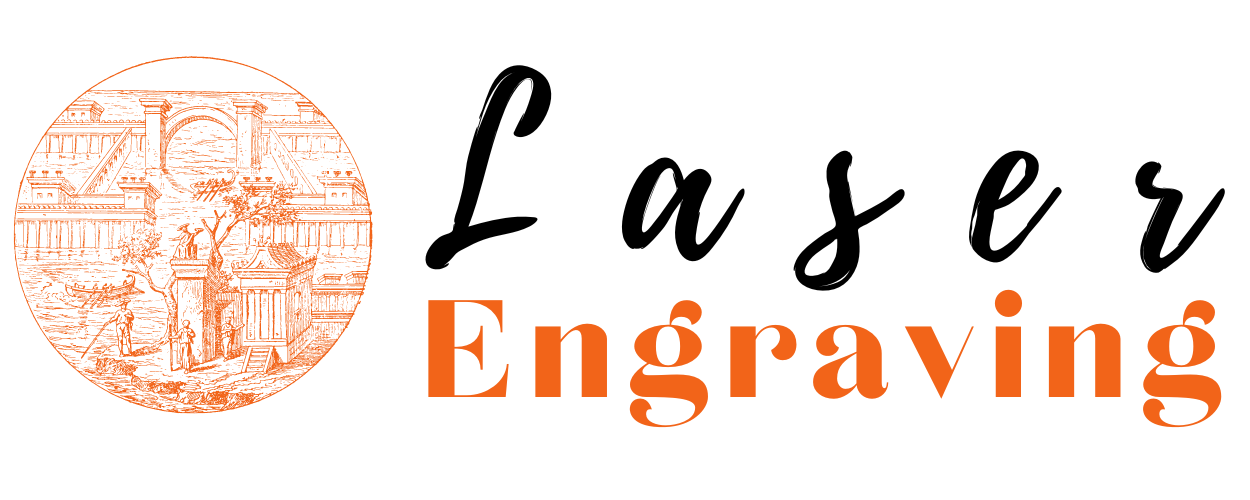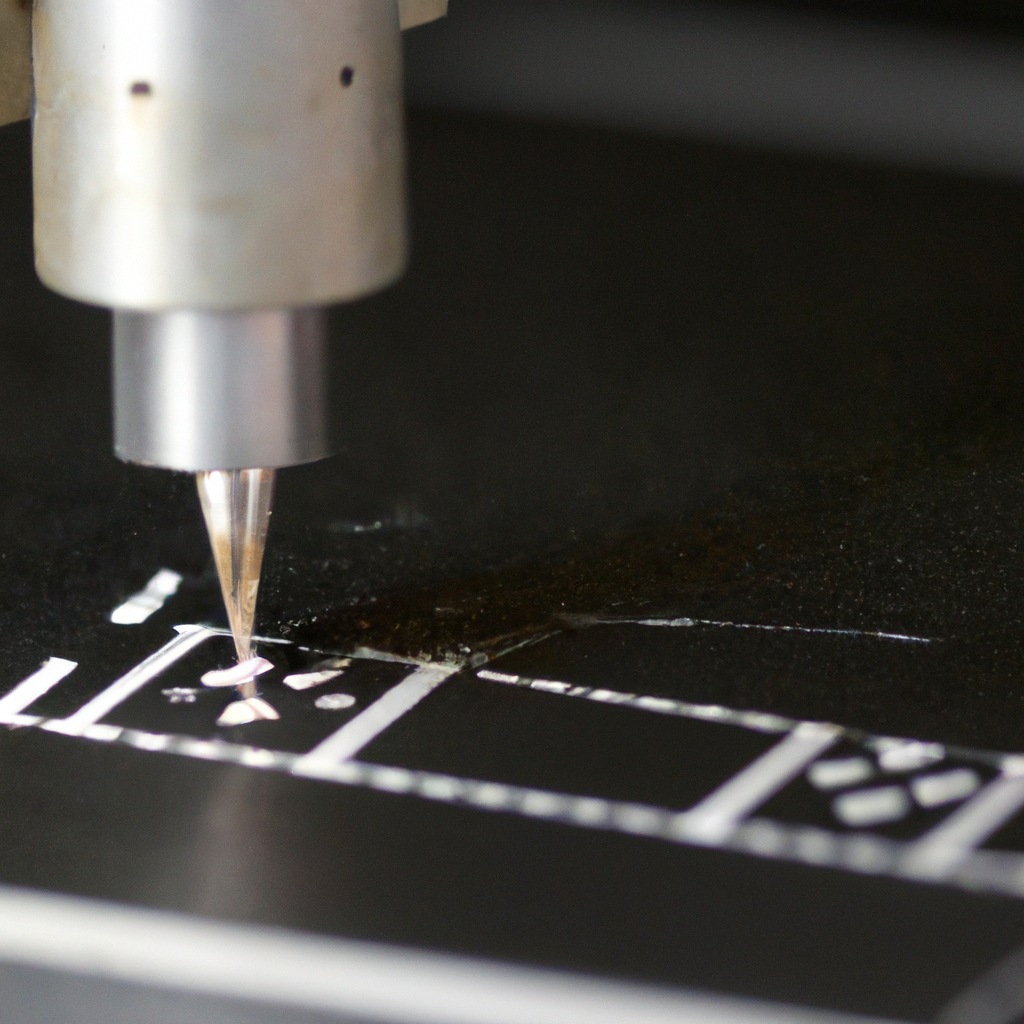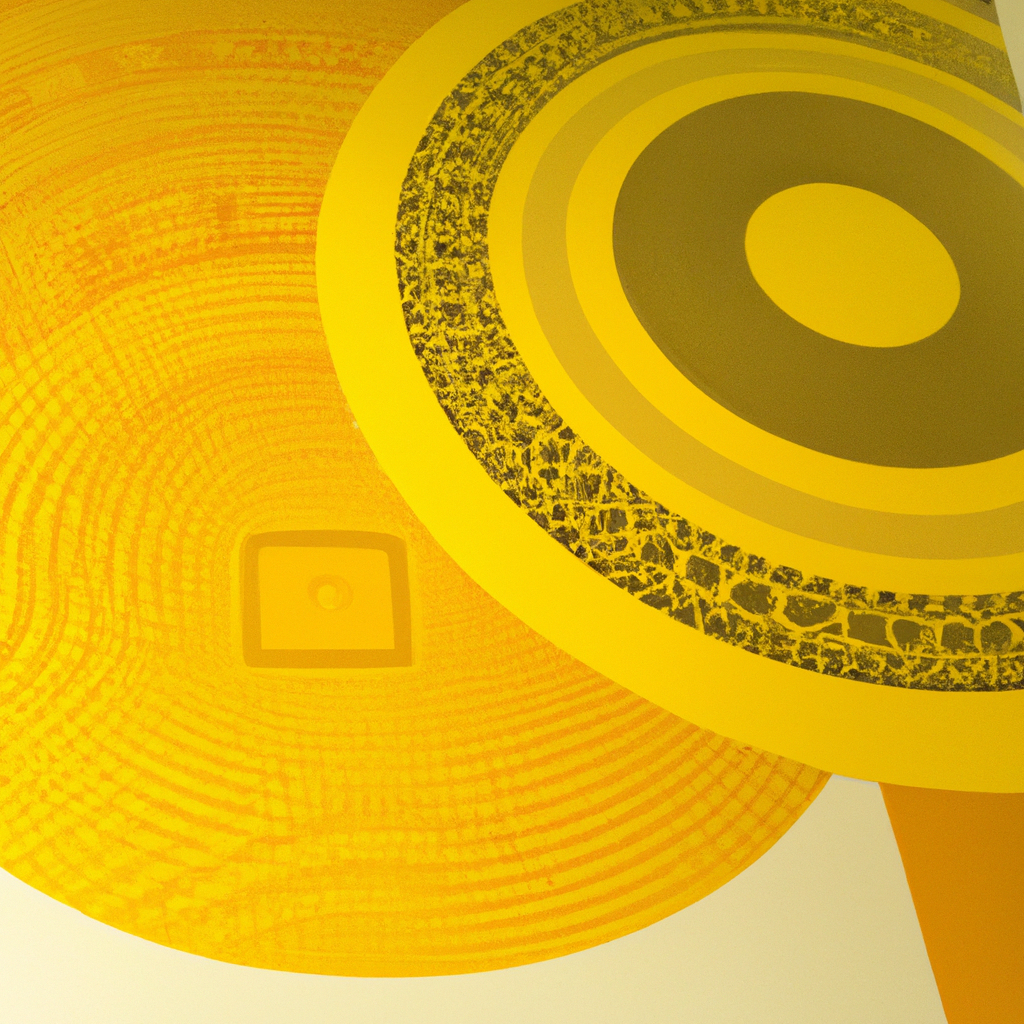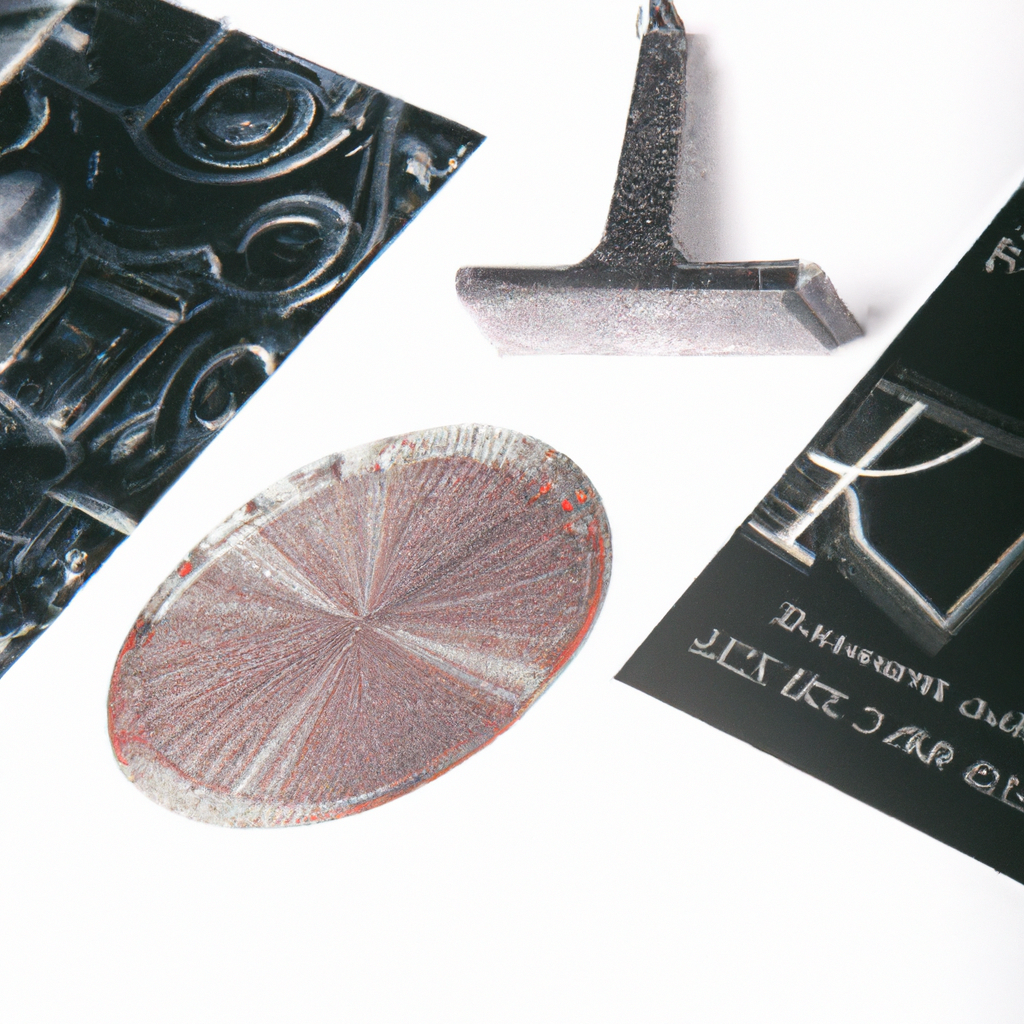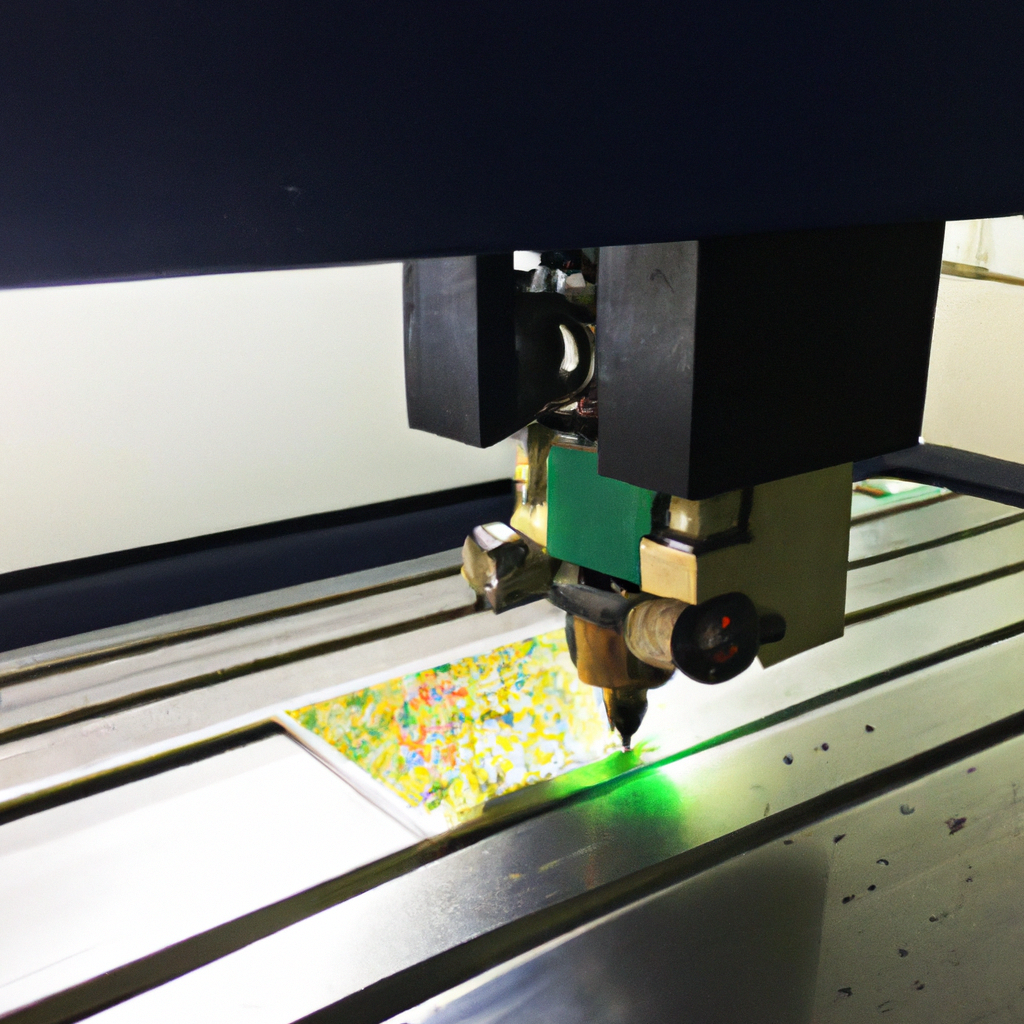Laser Engraving Technology
Laser engraving technology has revolutionized the world of engraving and brought forth numerous advancements in the field. This cutting-edge technology utilizes laser beams to etch designs, patterns, or text onto various materials with precision and accuracy. From industrial applications to personalized crafts, laser engraving has become an essential tool for many industries and individuals alike.
How Does Laser Engraving Work?
Laser engraving works by using a high-powered laser beam that interacts with the surface of the material. The laser beam vaporizes or melts the material, creating a cavity or a raised area depending on the desired effect. The intensity and duration of the laser beam determine the depth and quality of the engraving.
Here are the key components involved in laser engraving technology:
1. Laser Source
The laser source is the heart of any laser engraving system. It produces a coherent beam of light with a specific wavelength, typically in the infrared spectrum. The most commonly used lasers for engraving are carbon dioxide (CO2) lasers and fiber lasers. CO2 lasers are ideal for engraving organic materials like wood, leather, and paper, while fiber lasers are better suited for metals and plastics.
2. Controller
The controller is responsible for directing the laser beam accurately according to the design or pattern input. It translates the design into coordinates that the laser can follow, controlling the speed, power, and movement of the laser beam. Modern laser engraving systems often come with user-friendly software that allows precise customization and control over the engraving process.
3. Optics
Optics, such as mirrors and lenses, are used to focus and direct the laser beam onto the material’s surface. These components ensure that the laser beam maintains its intensity and shape throughout the engraving process. High-quality optics play a crucial role in achieving precise and detailed engravings.
4. Workstation
The workstation is the platform where the material to be engraved is placed. It provides stability and ensures that the material remains in the correct position throughout the engraving process. Some advanced laser engraving systems come with automated or motorized workstations, allowing for precise movement and positioning of the material.
Advantages of Laser Engraving Technology
Laser engraving technology offers numerous advantages over traditional engraving methods. Let’s explore some of the key benefits:
1. Precision and Accuracy
Laser engraving provides unparalleled precision and accuracy, allowing for intricate and detailed designs. The laser beam can achieve high-resolution engravings even on small or delicate objects. This level of precision is particularly beneficial in industries like jewelry making, medical devices, and electronics.
2. Versatility
Laser engraving is a versatile technology that can be used on a wide range of materials, including wood, metal, glass, acrylic, leather, and plastic. This versatility opens up endless possibilities for customization and personalization. From engraving logos on promotional items to creating intricate designs on wooden furniture, laser engraving can cater to various needs and applications.
3. Efficiency and Speed
Compared to traditional engraving methods, laser engraving is much faster and more efficient. The laser beam can engrave complex designs at a rapid pace, reducing production time and costs. Additionally, laser engraving does not require any physical contact with the material, minimizing the risk of damage or distortion.
4. Durability
Engravings made with laser technology are highly durable and resistant to fading, scratching, or wearing off. This makes laser engraving ideal for applications that require long-lasting markings, such as serial numbers, identification tags, or barcodes. The durability of laser engravings ensures that the etched designs remain intact even in harsh environments or with frequent use.
5. Eco-Friendly
Laser engraving is considered an eco-friendly engraving method because it does not involve the use of chemicals or solvents. Traditional engraving techniques often require the use of harmful substances, whereas laser engraving is a clean and environmentally friendly process. This aspect makes laser engraving a sustainable choice for businesses and individuals concerned about their ecological footprint.
Applications of Laser Engraving Technology
The versatility and precision of laser engraving technology make it indispensable across various industries and personal projects. Here are some common applications:
1. Industrial Manufacturing
In industrial manufacturing, laser engraving is used for marking and labeling products, parts, or components. It allows for clear and permanent identification, ensuring traceability and quality control. Laser engraving is commonly used in sectors like automotive, aerospace, electronics, and medical devices.
2. Personalized Gifts and Crafts
Laser engraving has become popular in the realm of personalized gifts and crafts. It enables individuals to create unique and customized items, such as engraved jewelry, personalized phone cases, or wooden plaques. The precision and versatility of laser engraving make it a preferred choice for adding a personal touch to various objects.
3. Architectural Signage
Architectural signage often requires precise and detailed engravings, and laser engraving fulfills this requirement perfectly. From engraved plaques and directional signs to intricate designs on building facades, laser engraving technology ensures the clarity and longevity of architectural signage.
4. Art and Design
Laser engraving technology has also found its place in the art and design industry. Artists and designers use laser engraving to create stunning pieces of art on various materials, including wood, acrylic, and metal. The precise control over the engraving process allows artists to bring their intricate designs to life.
In conclusion, laser engraving technology has revolutionized the art of engraving, offering precision, versatility, and efficiency. With its wide range of applications and growing popularity, laser engraving continues to transform industries, allowing for endless possibilities in customization and personalization. Embracing this advanced technology opens doors to new creative opportunities and enhances the quality and durability of engravings.
